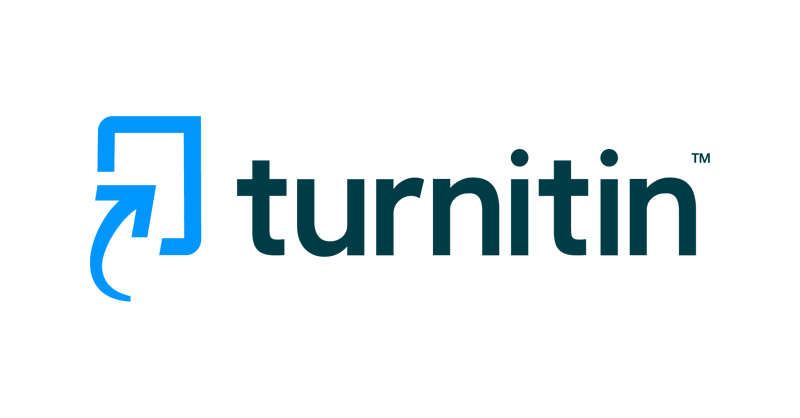PENERAPAN MODEL PEMBELAJARAN KOOPERATIF TIPE STUDENT TEAMS ACHIEVEMENT DIVISION (STAD) UNTUK MENINGKATKAN KETERAMPILAN PROSES SAINS DAN HASIL BELAJAR FISIKA PESERTA DIDIK PADA POKOK BAHASAN SUHU DAN KALOR
DOI:
https://doi.org/10.31957/pjpe.v1i1.1276Abstract
The purpose of this research is to determine the improvement of learning outcomes and the difference of students’ science process skill between the experimental class taught by Student Teams Achievement Division (STAD) as learning model with the control class taught by conventional learning model on the subject of temperature and heat. This research used quantitative method with quasi experimental design. The sample in this research is class X IPA 1 and X IPA 2 of SMA Pembangunan V Yapis Waena. Samples were taken from purposive sampling technique. Improvement on learning outcomes can be seen from the n-gain value of all concepts taught by using STAD as cooperative learning model. The n-gain score was 0.61 so that the learning outcomes were classified as moderate. There are significant differences in science process skills between learners who were thaught using STAD as cooperative learning model and conventional learning model for the whole concept of temperature and heat. The findings indicated signification value of  0,05 which is 0,000. The findings were found in the whole concept of temperature and heat concept, concept of expansion and heat transfer concept.
Keywords: Model of cooperative learning, type Student Teams Achievement Division (STAD), science process skills, learning outcomes, temperature and heat.
Downloads
References
Budiarti, I. S., Suparmi, S., Sarwanto, S., Harjana, H., & Viyanti, V. (2019). Stimulating Students’ Higher-Order Thinking Skills on Heat and Temperature Concepts. Jurnal Pembelajaran Fisika, 7(2), 103–112.
Budiarti, I. S., & Suparmi, A. (2017). Analyzes of students’ higher-order thinking skills of heat and temperature concept. Journal of Physics: Conference Series, 909(1), 12055.
Dahar, R. W. (2011). Teori-teori belajar dan pembelajaran. Jakarta: Erlangga, 136, 141.
Dewi, R. S. (2011). Pengaruh pendekatan keterampilan proses sains terhadap keterampilan proses sains siswa pada konsep suhu dan kalor (penelitian Quasi eksperimen di SMA 10 Tangerang).
Lantajo, J. T. (2017). The use of STAD model in teaching chemistry: Its effect to students’ academic performance. CEBU International Conference on Studies in Business, Management, Education and Law (SBMEL-17) Http://Doi. Org/10.17758/URUAE. DIR0117525.
Lloyd, M., & Bahr, N. (2010). Thinking critically about critical thinking in higher education. International Journal for the Scholarship of Teaching and Learning, 4(2), n2.
Ramdiah, S., Abidinsyah, A., Royani, M., & Husamah, H. (2019). Understanding, planning, and implementation of HOTS by senior high school biology teachers in Banjarmasin-Indonesia. International Journal of Instruction, 12(1), 425–440.
Sharan, S. (2012). Handbook of cooperative learning. Yogyakarta: Familia.
Simanjuntak, R., & Budiarti, I. S. (2013). Perbedaan Motivasi Dan Hasil Belajar IPA Pada Sistem Transportasi Manusia Dengan Menggunakan Model Pembelajaran Kooperatif Tipe Student Team Achivement Division (STAD) (Suatu Penelitian DI SMP YPPK ST. Paulus Abepura). Jurnal Ilmu Pendidikan Indonesia, 1(1), 33–45.
Sulistijo, S. H., Sukarmin, S., & Sunarno, W. (2017). Physics Learning Using Inquiry-Student Team Achievement Division (ISTAD) and Guided Inquiry Models Viewed by Students Achievement Motivation. Jurnal Pendidikan IPA Indonesia, 6(1).
Tanahoung, C., Chitaree, R., & Soankwan, C. (2010). Probing Thai freshmen science students’ conceptions of heat and temperature using open-ended questions: A case study. Eurasian Journal of Physics and Chemistry Education, 2(2), 82–94.







